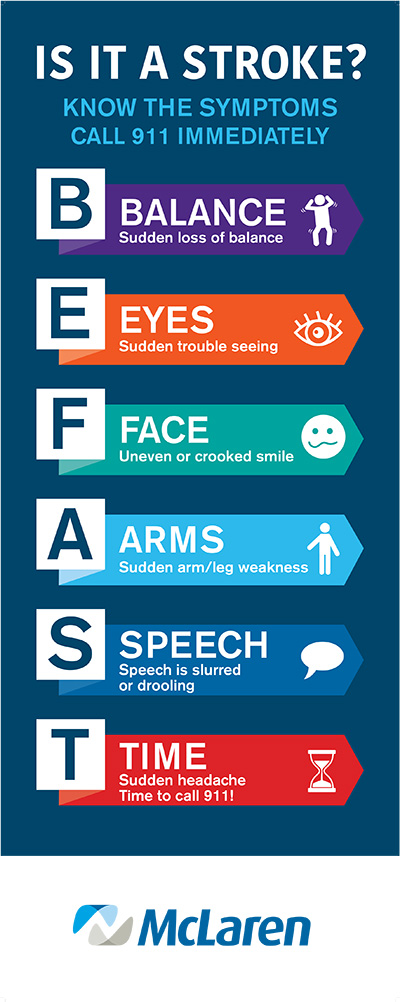
May is National Stroke Awareness Month, a time dedicated to educating people about the critical importance of recognizing the signs, symptoms, and risks of a stroke. Stroke is the fifth leading cause of death in the United States and a major cause of disability, according to the American Stroke Association. While we often think of strokes affecting older adults, recent trends show an alarming rise in strokes among younger people, especially those in their thirties and forties. This means it’s more important than ever to be aware of the risks and act fast if a stroke strikes.
The good news? Up to 80 percent of strokes can be prevented. By understanding your risks and making simple lifestyle changes, you can reduce your chances of having a stroke.
Know Your Risks
Certain health conditions and factors increase your chances of having a stroke.
These include:
- High blood pressure (the biggest factor)
- Diabetes
- Heart disease
- Family history
- Race and ethnicity
- Previous stroke or TIA (Transient Ischemic Attack)
Recognize the Signs
The faster you can spot the signs of a stroke, the better the chance of minimizing damage. When a stroke happens, every minute counts. That’s why the acronym BEFAST is so important to remember:
B-Balance: Sudden loss of balance or coordination?
E-Eyes: Sudden blurred or double vision?
F-Face: Is one side of the face drooping or numb?
A-Arms: Does one arm drift downward when raising both arms?
S-Speech: Is speech slurred, or is the person unable to speak or understand?
T-Time: If you notice any of these signs, call 911 immediately. Time is critical!
Why It Matters
Strokes don’t always happen the way you expect. They can stroke at any age, and being prepared could mean the difference between life and death. By taking a moment to learn the BEFAST signs, you’ll be ready to respond quickly if a stroke happens. It’s a simple step that could save someone’s life.
So, this May, take a few minutes to educate yourself and your loved ones about stroke prevention and the warning signs. It could make all the difference in an emergency.